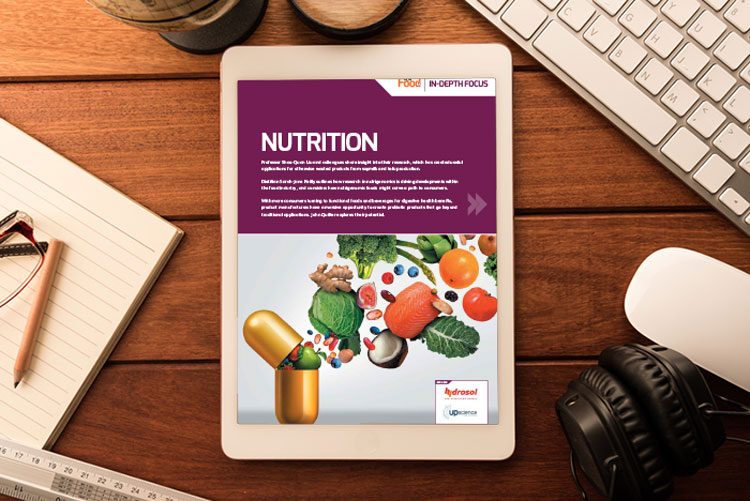Nutrition In-Depth Focus 2018
In this supplement: useful applications for otherwise wasted products from soymilk and tofu production, how research in nutrigenomics is driving developments within the food industry, and the massive opportunity to create probiotic products that go beyond traditional applications.


































